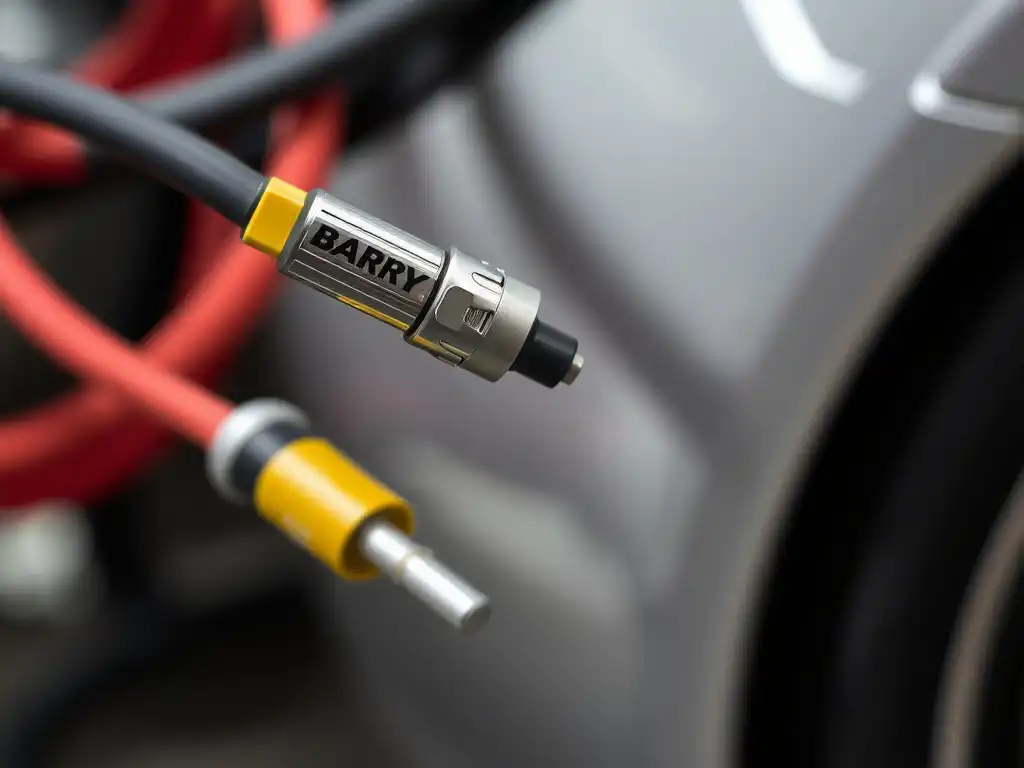In the world of specialty wire, automotive wire, and marine wire are two distinct categories designed to meet the specific needs of their respective environments. As a specialty automotive wire manufacturer, we often receive questions about the differences between these two types of wire. Although they may look similar, automotive and marine wires are designed differently to meet the unique needs of automotive and marine applications. This article aims to shed light on these differences, exploring their construction, characteristics, and applications to ensure you make an informed choice based on your needs.
Construction differences between automotive and marine wires:
- Insulation:
Automotive Wire:Automotive wire is typically insulated with PTFE or cross-linked polyethylene(PEX). These materials are resistant to heat, chemicals, and abrasion, making them ideal for the harsh conditions in vehicle engine compartments.
Marine Wire: Marine wire is often insulated with more robust, moisture-resistant materials, such as tinned copper wire wrapped in durable pi or other high-end insulators such as XLPE(cross-linked polyethylene). This ensures that the wire can withstand the wet and corrosive marine environment.
2. Flexibility and stranding
Automotive Wire: Automotive wire is usually designed to be flexible enough to fit through tight spaces within a vehicle. It usually has fewer strands but thicker conductors to handle high current loads.
Marine Wire: Marine wire usually has more strands of fine copper wire. This increased number of strands enhances flexibility and makes it easier for the wire to pass through the often confined spaces on ships.
3. Corrosion Resistance
Automotive wires: While automotive cables are designed to resist various automotive fluids and moderate exposure to moisture, they are not usually manufactured with a particular focus on saltwater resistance.
Marine wire: Marine wire is essential for corrosion resistance, especially saltwater corrosion resistance. Tinned copper wire is often used to prevent corrosion, thereby extending the wire’s life in harsh marine environments.

Characteristics of automotive and marine wires:
- High-temperature resistance
Automotive wires: Automotive wires must resist high temperatures, especially in the engine compartment, where temperatures can soar.
Marine Wire: High-temperature resistance is also critical for marine wire, although it often has to be balanced against the need for enhanced moisture resistance. Premium insulation is available to withstand temperature changes and saltwater exposure.
2. Voltage ratings:
Automotive Wire:Automotive wire is typically rated for 12-24 volt DC systems, which are consistent with the standard electrical systems found in vehicles.
Marine Wire: Marine wire typically operates in a similar voltage range but may have additional certifications and ratings to ensure safe operation in the aquatic environment.
3. Safety Standards and Compliance
Automotive Wire: Compliance with automotive industry standards, such as those set by SAE(Society of Automotive Engineers), ensures that the wire meets the safety and performance benchmarks necessary for vehicle operation.
Marine Wire: Marine wire must meet other certifications, such as those of ABYC(American Boat and Yacht Council)or USCG(U.S. Coast Guard), to ensure that it meets the specific safety standards required for the marine environment.
Applications and Uses
Automotive wire applications:
- Engine and drive train: connecting sensors, alternators, and starter motors.
2. Lighting Systems: Critical for headlights, taillights, and interior lighting.
3. Safety components: critical for airbags, ABS, and stability control.
4. Infotainment systems: Provide connectivity and power for modern infotainment features.
5. climate control: powers HVAC systems and enhances passenger comfort.
Marine Wire Applications:
- Marine engines and motors to power propulsion systems and internal engine components.
2. Navigation and communication systems transmit electrical signals for radar, GPS, and radio.
3. Lighting systems: critical to the interior and exterior lighting of the ship.
4. bilge pumps to power the pumps necessary to drain water from the ship.
5. Marine electronics connects various electronic devices that are vital to the operation and safety of the ship.
Why choose a professional automotive wire manufacturer? Selecting a professional automotive wire manufacturer can make a significant difference;
- quality assurance: our wires adhere to strict quality control standards to ensure reliability and safety.
2. Customized solutions: We provide tailor-made wiring solutions to meet unique automotive requirements.
3. Expertise: With years of industry experience, our team provides unrivaled knowledge and support.
Understanding the differences between automotive and marine wiring is critical to choosing the right type for your application. While both types of wire have some things in common, their unique construction and characteristics make them especially suited to their respective environments. As a specialized automotive wire manufacturer, we are committed to providing high-quality, reliable wiring solutions designed to meet the rigors of automotive applications. Whether you’re equipping a new vehicle or replacing existing wiring, choosing the correct wire can significantly impact performance,safety, and longevity.



